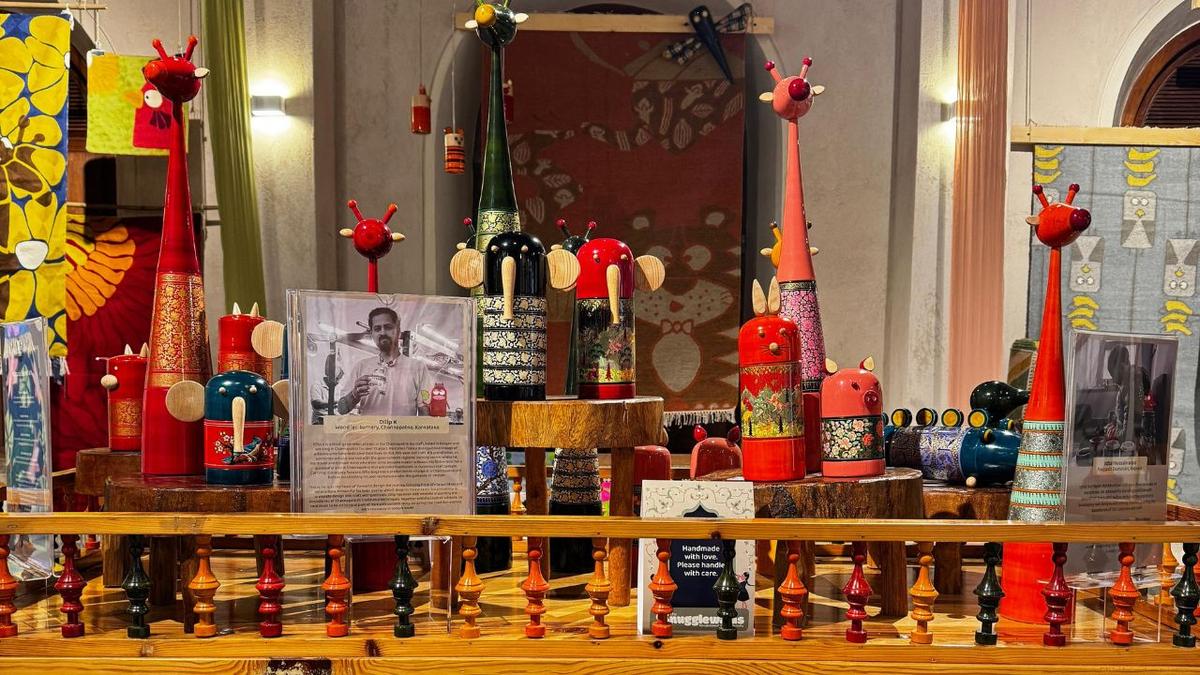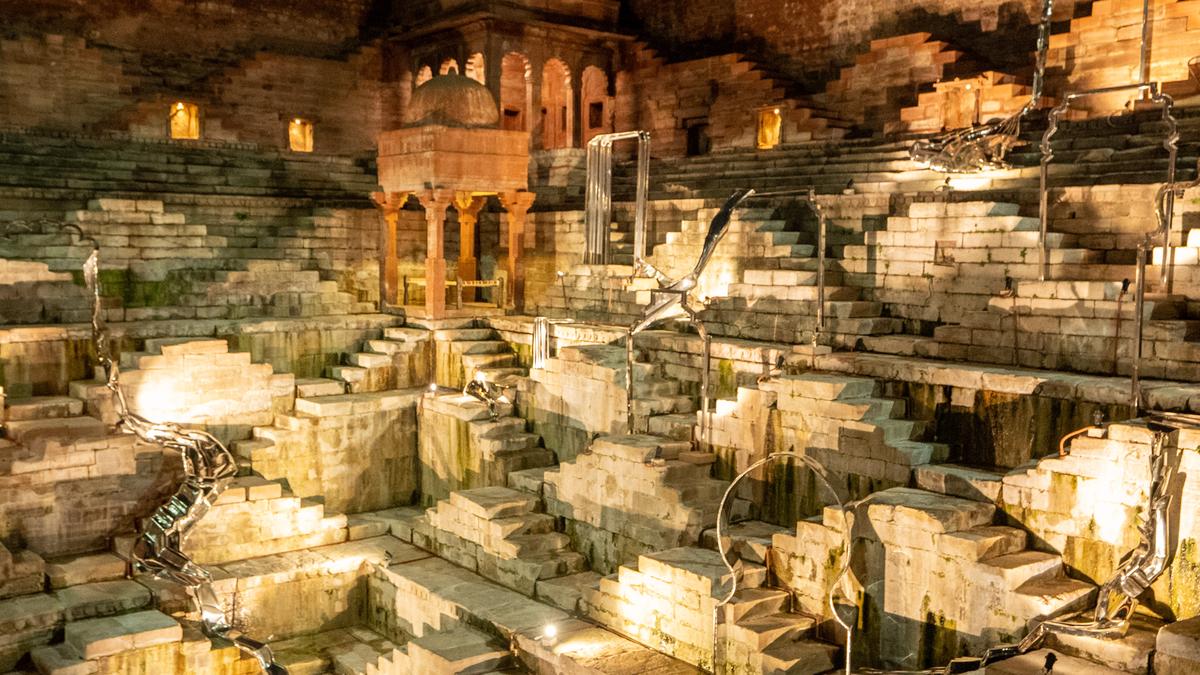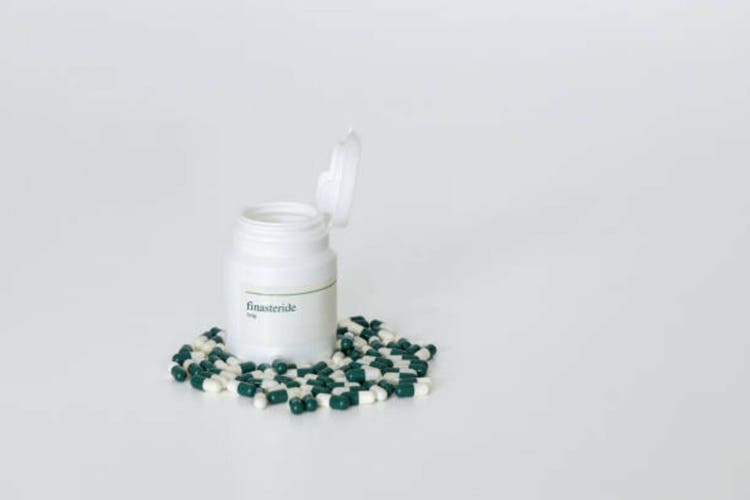Imagine there is no curriculum; only curiosity driving the learning. Imagine there is no preset route; only exploration charting the course. Put those almost-Lennonesque ideas together and you get a programme that encourages children to explore nature and coax materials out of it to make natural paints and gum and create foraged art. As should be evident to anyone, this programme militates against the assembly line. There is no telling what natural colour would be turned out; the consistency with which the gum would trickle; or the shape the artwork from foraged items would take. All of these would take you to the doorsteps of a rather unusual (but not unlikely) world Juwairiya H has created for children. Moored in Royapuram, Juwairiya (a Montessori-trained teacher, Zentangle artist and biotechnology graduate) conducts this programme in person as well as remotely.
But first things first. The programme is structured in a manner that breaks structured, predictable learning.
Each session begins with the children taking a silent nature walk with unplanned pauses to accommodate a scavenger hunt. “We do not buy anything,” explains Juwairiya. “Everything we use comes from nature. It is playful and unpredictable. Often, we do not know what colour will bloom and that uncertainty is part of the magic.” The children are encouraged to bring leaves, petals roots and seeds. Back in the workstation, they get to work with what they have collected. The paint-making is supported by a simple base: maida flour whisked into a slurry and boiled into perfect paint-like consistency. Multiple roads to creativity, some predictable and others unpredictable, extend out of there.

Painting with natural pigments
“Turmeric gives yellow, limestone with turmeric makes red, and flowers or leaves produce unpredictable shades,” Juwairiya explains. Seasonal changes and availability of ingredients in a local environment influence paint colours, and experimentation is encouraged. Blue pea flowers and bougainvillaea are frequently used in natural paint making. She collects both used and unused paper, turning it into pulp for new paper or functional items like bowls to be used to keep natural paints. Children often paint with fingers or brushes made from twigs and fibres.
Gum making might seem like a simple process, but it teaches much more than just sticking things together. “It’s very basic, really—just maida and water but the technique matters,” explains Juwairiya, who guides students through the process. The flour is mixed with water until smooth, then gently boiled until it reaches the perfect gum-like consistency. “Continuous stirring is essential,” she adds, “otherwise lumps form, and the texture isn’t right.”

Painting with natural pigments.
For her young students, understanding the correct consistency can be a challenge, especially in an online setting. “I give clear instructions and check their work step by step. Sometimes, I ask them questions to help them adjust — adding a little more flour or water until it’s just right,” says Juwairiya. Safety is also a priority, as the process involves handling fire. “Adult supervision is crucial, but we also encourage independence without stepping in too much,” she notes.
Juwairiya manages to replicate the same processes in her online classes, which reach children in various geographies including Dubai, Singapore and Delhi. Parents accompany the youngest participants on their pre-session nature walks.
“We begin with stories, questions and provocations,” she explains. “If a child asks a question, we respond with another question. It is not about answers; it is about sparking thought, letting imagination run the lesson plan.”
Beyond paint, the “curriculum” gets into composting, bio-enzyme making, cloth upcycling and paper recycling.
“Adults often worry it is messy, or a waste of time,” she admits. “But when a child sees colour emerge from something they picked themselves, their eyes light up. That is learning that cannot be measured.”
Unschooling philosophy
At home, Juwairiya, a mother of two, follows an unschooling philosophy, where the child’s curiosity leads. “Unschooling does not mean isolation,” she clarifies. “It is about letting interests flourish. Sometimes, the greatest lessons happen outdoors beyond four walls and schedules.”
Her quest for meaningful education had led her far from the hum of conventional classrooms and into Nagarkoodal village in Dharmapuri, home to Puvidham – an alternative school. Here, the philosophy is as earthy as the soil itself: children create what they consume.
“It was Puvidham that changed everything for me,” she recalls. “I learned how to upcycle paper, make natural gum, and create paints from nature. Their focus on sustainability wasn’t just a lesson; it was a lifestyle.”
Unable to place her children there due to distance, she enrolled in Puvidham’s Learning Facilitator Programme (LFP), a programme that would quietly overturn her understanding of teaching. “Children, especially in their early years, think and learn with their hands long before they engage with text. That insight reshaped my approach entirely,” she says.
The course immersed her in hands-on modules — from paper upcycling and foraged art to ink and gum making. On completion, she began co-learning with children, letting curiosity, rather than curriculum, chart the course. And she is continuing to learn along with the children she teaches.
An artist’s take on natural paints
For G. Sooriyamoorthy, a sculptor and artist with over 25 years of experience, acrylics might remain the primary medium of artistic expression in painting, but that does not stop him from appreciating the raw character that natural pigments bring to a piece of art. “They give a beautiful, organic texture that is hard to replicate with synthetic paints,” he observes.
And one need not marvel that colour can be obtained directly from nature. He explains: “Take beetroot, for example; once the colour gets on your hand, it is hard to wash off. That kind of natural strength is remarkable.”

 2 hours ago
1
2 hours ago
1



!['Fire Country' EP Defends Major Death, Why [Spoiler]'s Exit Was Necessary](https://www.usmagazine.com/wp-content/uploads/2025/10/GettyImages-2217718942.jpg?w=1200&h=630&crop=1&quality=86&strip=all)


















 English (US) ·
English (US) ·